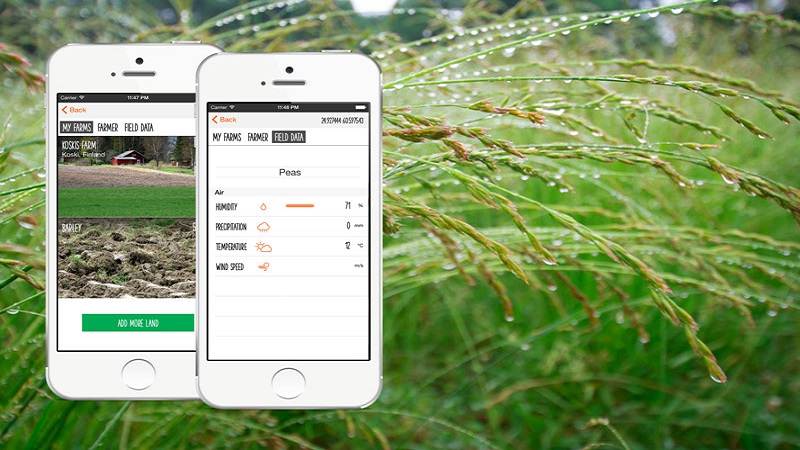In the age of rapid technological advancement, agriculture—a sector as old as civilization itself—is undergoing a transformative shift. Among the many technological tools that have found their way into agriculture, farming apps or agriculture apps have emerged as a revolutionary force. Not only are these apps streamlining farming processes, but they’re also addressing a critical pain point: bridging the longstanding gap between farmers and retailers. Some of these apps like FarMart are reshaping the agriculture ecosystem by providing cutting-edge network and seamless services to farming communities, retailers and traders across India.
- Direct Marketplace Platforms:
Traditionally, farmers had to rely on intermediaries or agents to sell their produce, often resulting in reduced profits. Farming apps like FarMart are now creating digital marketplaces where farmers can list their produce and directly connect with retailers or consumers. This eliminates unnecessary middlemen, ensuring farmers get a fair price and retailers receive fresher produce.
- Real-time Data Sharing:
The power of real-time data cannot be understated in the agricultural supply chain. Through farming apps, farmers can notify retailers about their upcoming harvests, giving them ample time to plan their inventory. Conversely, retailers can inform farmers about current market demands, ensuring the cultivation of in-demand crops.
- Streamlined Logistics:
Transporting produce from farms to retail outlets has always been a logistical challenge. Farming apps now integrate with logistics platforms, providing farmers with options to efficiently and safely transport their goods to retailers. Some apps even offer tracking features, allowing both farmers and retailers to monitor shipments in real-time.
- Knowledge and Training Platforms:
Apart from commerce, farming apps are becoming knowledge hubs. They offer training videos, articles, and expert advice, helping farmers understand market trends and consumer preferences. For example – FarMart allows farmers to tailor their cultivation practices according to retailer and market needs and give them insights on the right type of fertilizers and crops suited for the land.
- Digital Payments and Financial Solutions:
Financial transactions are becoming seamless with integrated payment solutions within these apps. This ensures prompt payment to farmers, building trust. Additionally, some apps offer financial assistance, loans, or insurance products tailored to agricultural needs, further supporting farmers. FarMart provides credit ledger facility, a systematic record-keeping tool that tracks financial transactions, especially pertaining to credits, to retailers. Through credit ledger, retailers can maintain a record book or khata of their transactions.
- Feedback and Review Systems:
Just as in any other online marketplace, farming apps allow retailers to rate and review farmers and vice versa. This transparent feedback system ensures quality, fosters trust, and encourages both parties to uphold best practices.
- Reducing Wastage through Predictive Analytics:
One of the marvels of integrating technology into farming is the use of predictive analytics. Apps can analyze buying patterns, crop yields, and market demands, allowing farmers to produce the right quantities and retailers to stock appropriately. This synchrony significantly reduces wastage.
The integration of farming apps or agriculture apps into the agricultural landscape marks a significant leap towards a more sustainable, efficient, and profitable future for both farmers and retailers. By fostering direct communication, providing real-time data, and streamlining processes, these apps are not just bridging a gap—they’re building a stronger, more collaborative bridge between the primary producer and the end-seller. As technology continues to evolve, it’s exciting to envision how much more transformative change is on the horizon for the world of agriculture.

